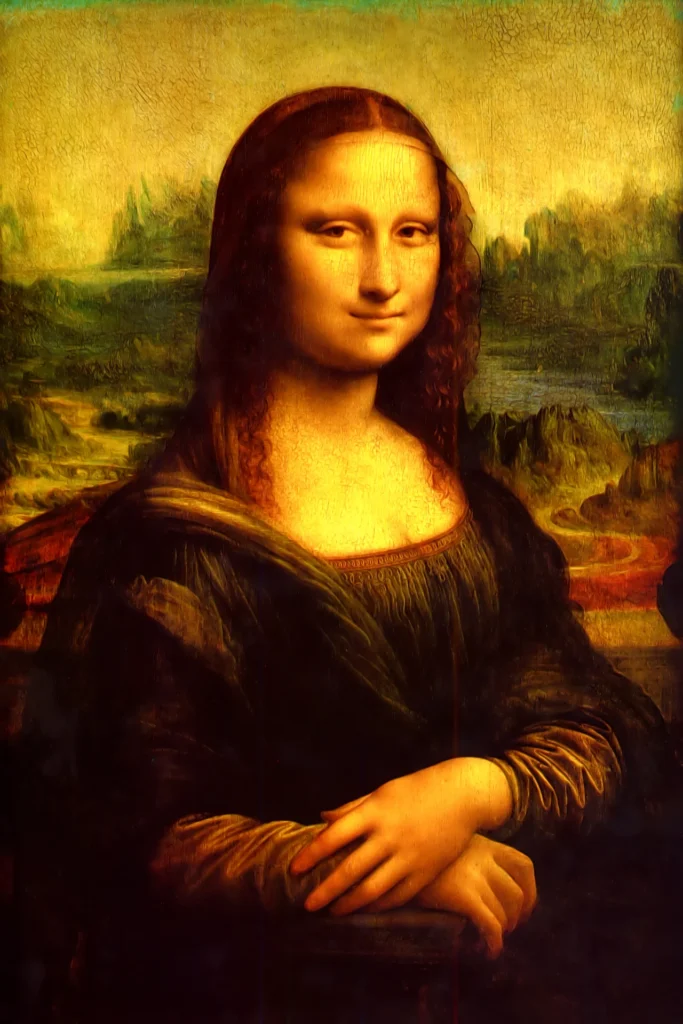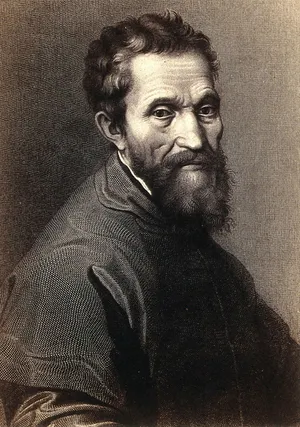
Giorgio Vasari (1511–1574) was an influential Italian painter, architect, and writer, best known for his biographies of artists. He is often regarded as the first art historian, and his work significantly shaped the understanding and appreciation of Renaissance art.
Key Details:
- Early Life and Education:
- Born in Arezzo, Vasari began his artistic training in Florence, studying under notable painters such as Andrea del Sarto and Michelangelo.
- His early works reflect the influence of the High Renaissance, and he quickly gained recognition for his talent.
- Artistic Career:
- Vasari’s painting style evolved over time, incorporating elements of Mannerism. He is known for his vibrant color, dynamic compositions, and expressive figures.
- Some notable works include “The Last Judgment” (c. 1541) in the church of Santa Croce in Florence and frescoes in various palaces and churches.
- Architectural Contributions:
- Vasari was also an accomplished architect, involved in significant projects such as the design of the Uffizi Gallery in Florence and the Vasari Corridor, a raised passageway connecting the Palazzo Vecchio to the Palazzo Pitti.
- His architectural work is characterized by a classical style that reflects the principles of Renaissance design.
- Writings on Art:
- Vasari is best known for his seminal work, “Le Vite de’ più eccellenti pittori, scultori, ed architettori” (The Lives of the Most Excellent Painters, Sculptors, and Architects), first published in 1550 and expanded in 1568.
- This collection of biographies includes detailed accounts of the lives, works, and techniques of numerous artists from the late Middle Ages to his time. It established a framework for art history and influenced generations of art historians.
- Impact and Legacy:
- Vasari’s biographies helped to elevate the status of artists as creative geniuses rather than mere craftsmen. He often emphasized the personality and achievements of artists, shaping how they were perceived in society.
- His writing style blends anecdote with critical analysis, making his work both informative and engaging.
- Personal Life:
- Vasari married and had children, and he was involved in the artistic community of Florence. His connections with patrons and fellow artists helped him secure commissions and influence the direction of Renaissance art.
- Death and Recognition:
- Vasari died in 1574 in Florence, leaving behind a rich legacy as an artist, architect, and writer.
- His contributions to art history continue to be celebrated, and his biographies remain a vital resource for understanding Renaissance art and its context.
Giorgio Vasari’s unique combination of artistic talent and literary skill makes him a pivotal figure in the history of art, and his influence endures in both the fields of painting and art history.


